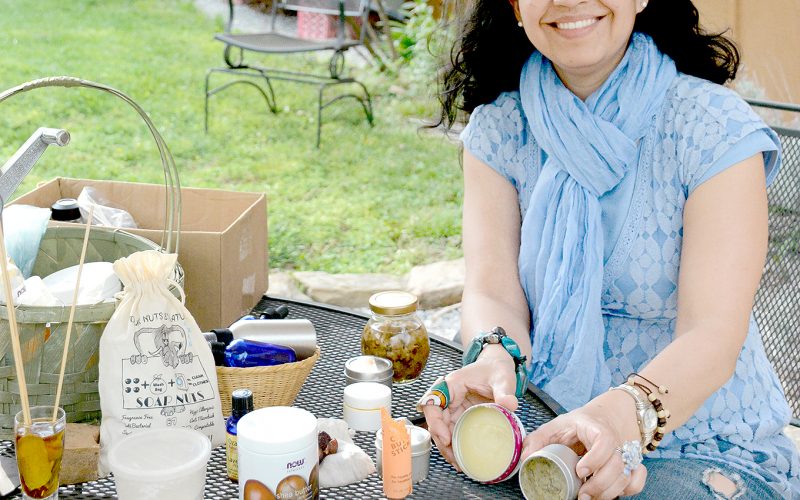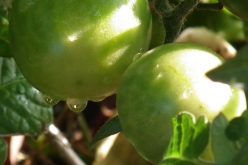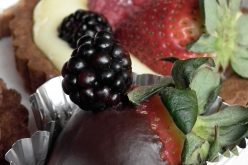According to Bambi’s friend Thumper, “Eating greens is a special treat; it makes long ears and great big feet!”
For parents who are not rabbits, eating weeds is not what is meant by “eat your vegetables”; however, the Ozarks offers many varieties of healthy, tasty weeds that we may hate in our yards but love in our salads, teas, and smoothies.
Fayetteville resident Steven Skattebo, an enthusiastic gardener, knows his edible weeds. “There’s Jerusalem artichoke, chickweed, henbit, dead nettle, sorrel, mint, Austrian winter pea, lamb’s quarters, and dandelion.” The common dandelion is considered a lawn weed, so most people don’t want it growing in their yard. Locals eat the flowers, leaves, and roots, and prepare them raw or cooked. Dandelion leaves are often used in tea. Select young, tender leaves and wash them thoroughly, then dry them out. Use one teaspoon dried dandelion leaves per one cup boiling water with your choice of lemon or honey. The flowers can even be used in wine making, which is a much better way to whine about weeds.
A popular nonweed, redbud blossoms taste like peas if placed in a salad, Skattebo says, which is just another reason to love the tree with heart-shaped leaves. The Missouri Department of Conservation says the flowers can be eaten either raw or pickled, but “in Mexico, they are fried.” They also cite the redbud’s usefulness to wildlife: seeds for the birds, nectar for the bees, and cover with browse for deer and other mammals.

Photo submitted
Nora Elena Skattebo of Fayetteville has taught herself how to create a variety of natural hygiene and beauty products, including perfume, deoderant, and lotion.
Weeds like mint have other uses beyond salads and drinks. Skattebo’s wife, Nora Elena, has a great hobby you might want to take up for yourself: She makes her own beauty and hygiene products with all natural ingredients. From deodorant to perfume, nonpetroleum Vaseline replacement, and lotions, she taught herself what ingredients to buy or harvest and how to mix them using YouTube videos.
For homemade Vaseline minus the petroleum, combine olive oil, almond oil, and coconut oil with heated beeswax and a scent such as mint. Refrigerate for an hour, then it’s ready to use. To create an oily perfume that moisturizes your skin, get a small flask and fill it halfway with vegetable glycerin. Add 10 drops of an essential oil that you enjoy, such as lavender, rose, or vanilla. Shake well, and apply to your skin. Diluting essential oils is best; otherwise, they may be too powerful or cause adverse reactions in some people.
The best part about making your own homemade hygiene products is that you know what’s going into them, and can easily avoid chemicals or allergens while adding scent combinations that especially appeal to you. If you want unscented products, that works, too. You can experiment with things like deodorant recipes to determine which one works best for your needs, and change it up if it’s not giving you what you want.
When life gives you weeds, just eat them and turn them into deodorant!
— Ripples is an emerging online educational center inspired by a holistic approach to making a difference. Follow the journey to live sustainably and make ripples with our lifestyle at: www.RipplesBlog.org.











